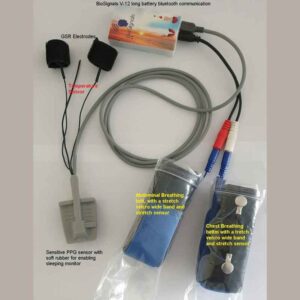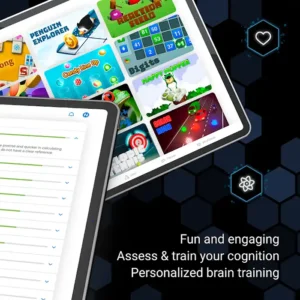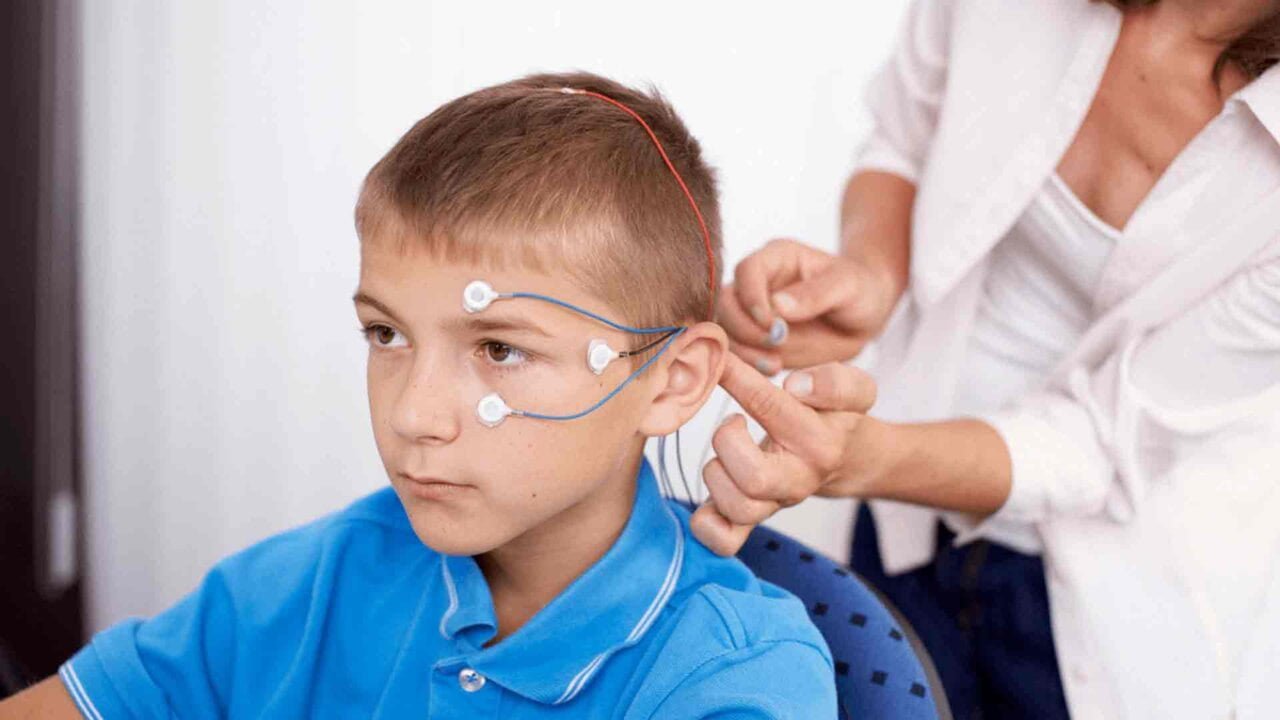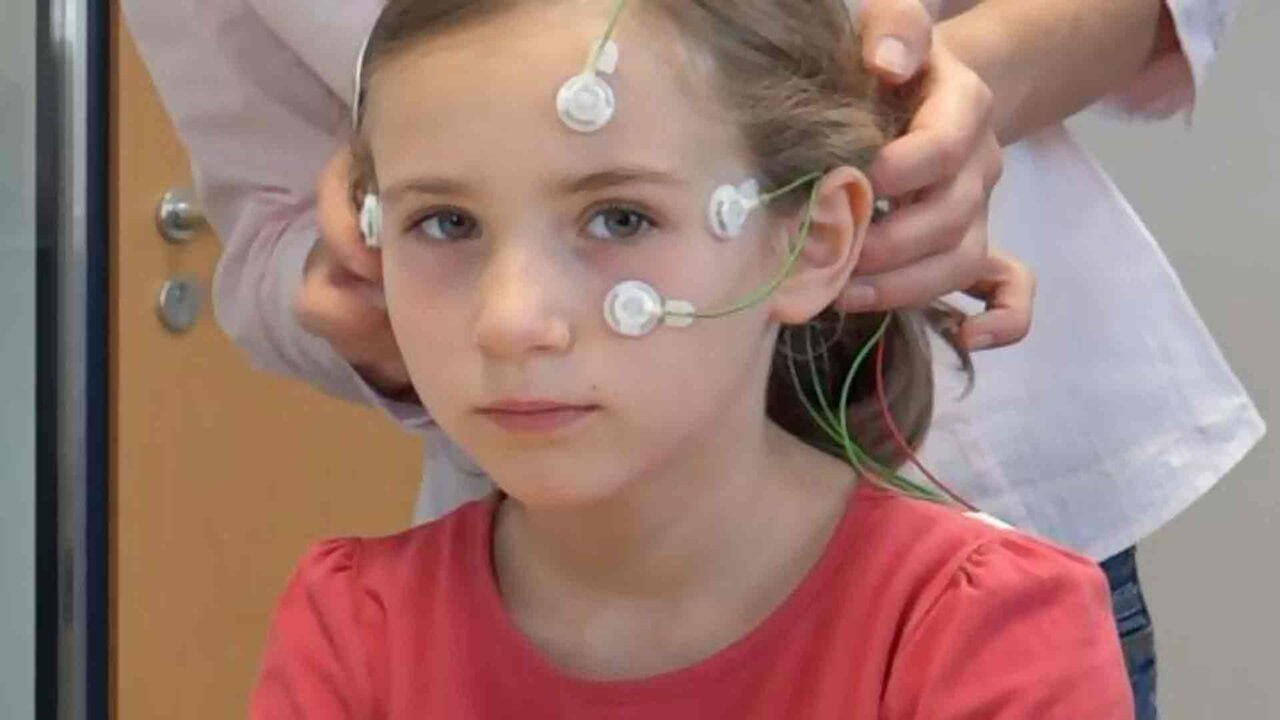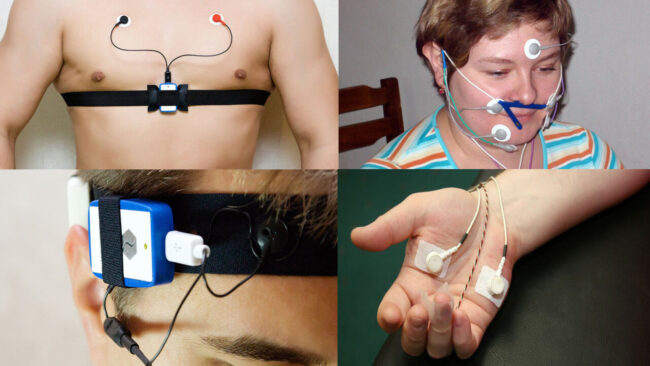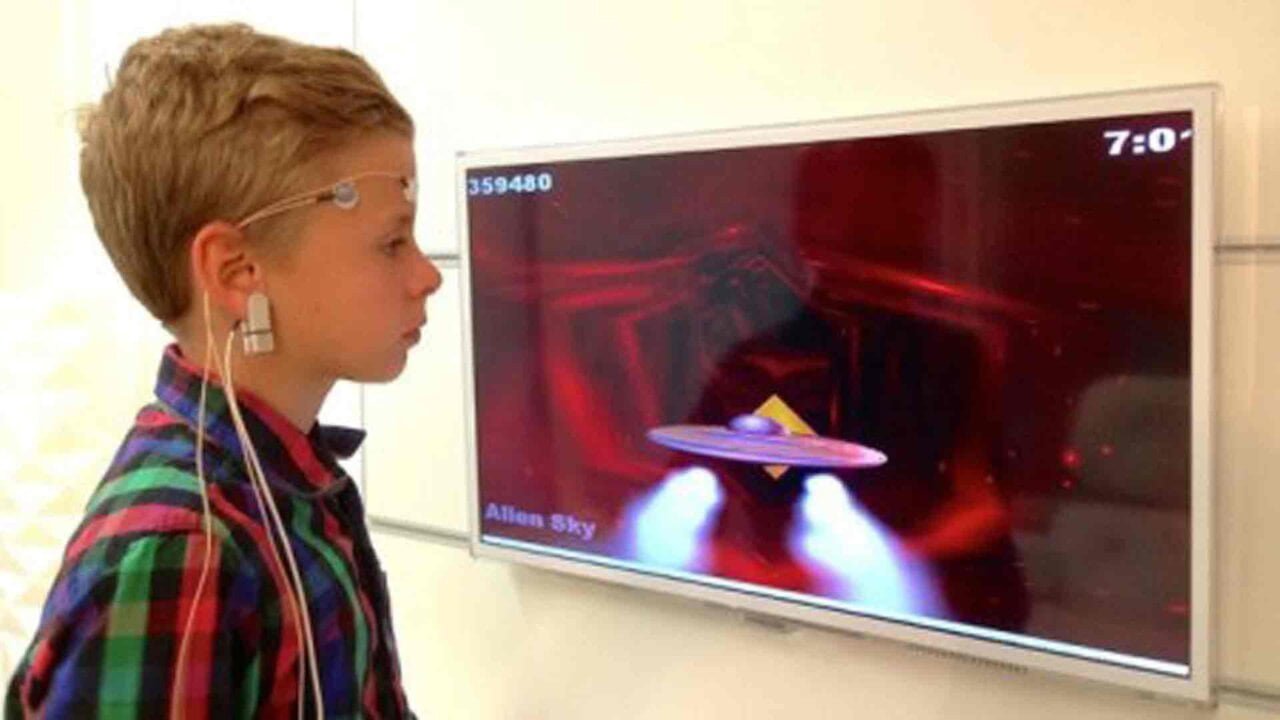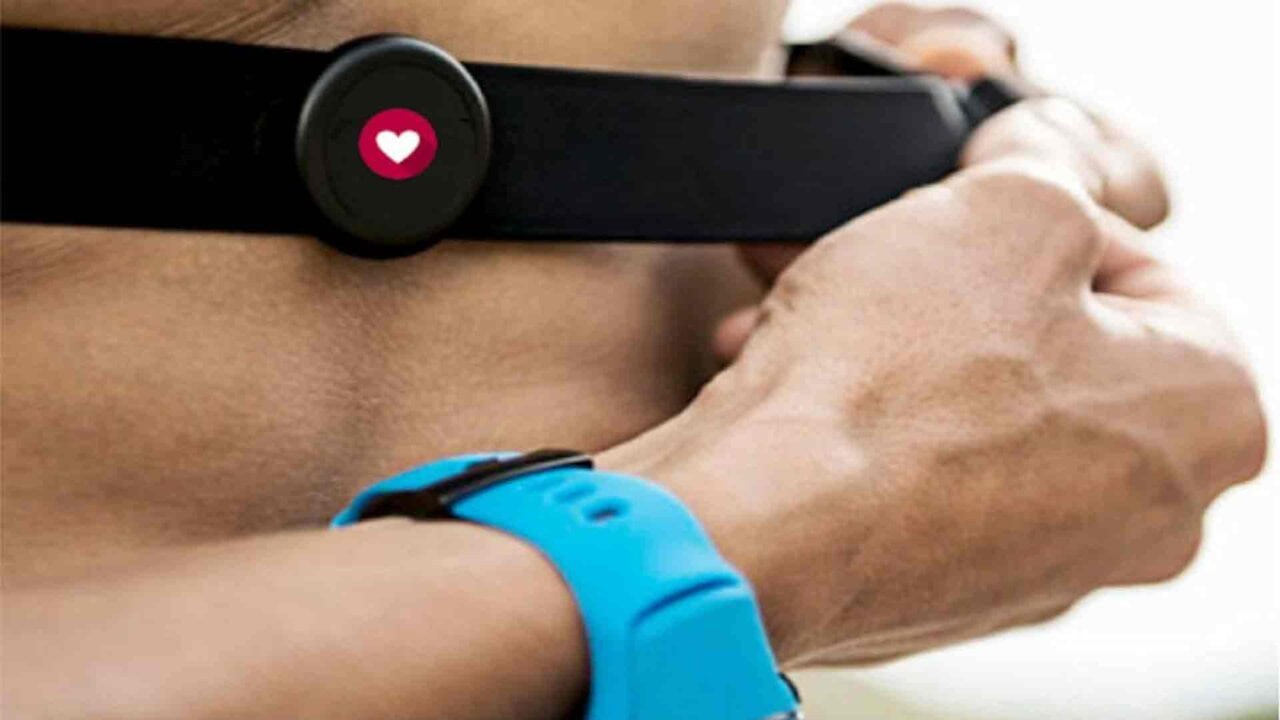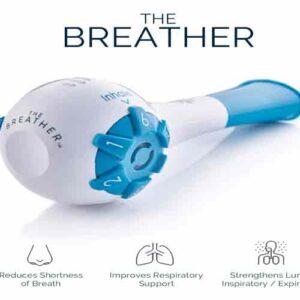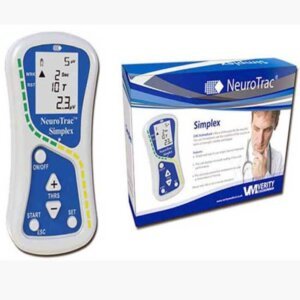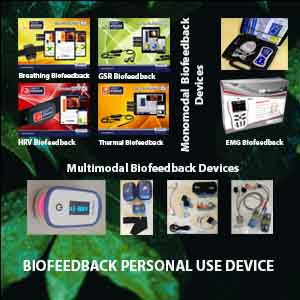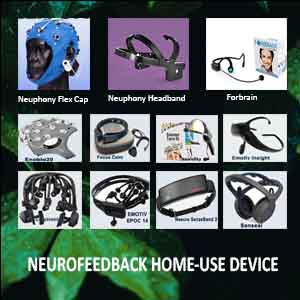BIOFEEDBACK FOR ACADEMIC SUCCESS
In today’s competitive educational landscape, students often face immense pressure, which can hinder their academic performance and overall well-being. However, biofeedback presents a promising solution to this challenge. By leveraging various biofeedback modalities, students can manage academic and exam stress effectively and enhance their learning outcomes. In transitioning from traditional methods, biofeedback empowers students to gain real-time insights into their physiological states. As a result, this leads to improved focus, emotional regulation, and academic success. This article explores how incorporating biofeedback into education can transform the learning experience, making it both more enjoyable and productive.
Table of Contents
Toggle- BIOFEEDBACK FOR ACADEMIC SUCCESS
- Understanding the Causes of Education Stress and How to Overcome It
- The indications for the appointment of a biofeedback session
- Expecting results in education performance and reaching academic success after biofeedback
- FAQ: Biofeedback for Academic Success
- Biofeedback and Neurofeedback Home Use Devices for Academic Success
- Breather Fit: Athletes’ Secret Weapon
- HeartMath Inner Balance for Focus & Calm
- BioSignals 5 Biofeedback Sensors Device
- The Breather Device
- NeuroTrac MyoPlus 2 Pro Biofeedback Device
- NeuroTrac EMG Biofeedback Equipment
- Neurosky Mindwave for Brain Training
- Neeuro SenzeBand Brain Training Device
- Neurovizr Flashing Light Therapy for Laser Focus
- Mendi Neurofeedback Headband for Health
- Forbrain Bone Conduction Audio Biofeedback Headset
Educational activities require new and more complex forms of voluntary behavior from children and adolescents, as well as the ability to manage their mental processes, including attention. When enrolled in primary school, children usually do not possess these skills. As a result, even children with average or high intelligence may experience difficulties learning to read and write, which can hinder their ability to cope with school tasks, leading to low academic performance. Moreover, as students advance to more complex levels of school and university education, the educational load increases and the volume of requirements grows.
According to numerous studies, up to 80% of schoolchildren and students experience academic stress on a constant or frequent basis, including exam stress. Under these circumstances, there is a further deterioration in the psychological and physical health indicators of schoolchildren and students. Academic performance also decreases, over-exhaustion develops, and anxiety increases. In this condition, it is a possible development of addiction to bad habits, for example, gaming or other addictions.
Understanding the Causes of Education Stress and How to Overcome It
If educational stress exceeds adaptation, then there is a “break-up” of psychological and physical homeostasis and the formation of a “traumatic dominant” in the cerebral cortex at the beginning. This has demonstrative-protective functions, which show the disruption of the body through a specific set of clinical manifestations.
However, today, a new technology called biofeedback, based on the brain’s neuroplasticity, can effectively assist schoolchildren and students in adapting to the educational process.
The procedure of a biofeedback session consists of registering the following physiological parameters alone or in combination:
It uses special equipment and converts these parameters to audio and video signals that reflect the state of the recorded parameters.
How it Works?
These signals are transmitted to the person (such as schoolchildren or students) through either sound or video on a computer screen, which creates a game-like environment. If the child normalizes their performance, then the game continues. However, if the performance deviates from the norm, the game stops. To resume the game, the child must first normalize their performance.
The normalization of the parameters that push the game to play again is managed subconsciously. Due to this game form of the biofeedback method, it is possible to have the motivation and desire of children to participate in the process actively. This motivation helps them achieve good results, normalizing the changes in the body under the influence of educational stress, especially exam stress.
The primary purpose of a biofeedback session is, first and foremost, to help individuals learn how to control their physiological parameters. In addition, the goal is to consolidate these newly acquired skills so they can be effectively applied in everyday life. Typically, achieving a long-lasting effect requires consistent practice, usually over the course of 10 to 20 sessions. Each session generally lasts between 30 to 60 minutes; however, this may vary depending on the specific tasks and goals involved. Once the biofeedback course is successfully completed, the individual not only gains greater self-awareness but also acquires enduring skills in self-regulation and control. As a result, they are better equipped to manage academic and exam stress, maintain focus, and perform at their best in real-world situations.
The indications for the appointment of a biofeedback session
- the distraction of attention or easy distractibility,
- difficulties in the concentration of attention,
- difficulties in memorizing educational material,
- difficulties in reading or writing,
- difficulties in learning foreign languages,
- difficulties in mathematics (counting, solving mathematical problems, logical thinking),
- fatigue or drowsiness during educational activity performance,
- restlessness, irritability, nervousness, or restless behavior when performing educational activities or tasks.
Expecting results in education performance and reaching academic success after biofeedback
After completing an entire course of biofeedback and neurofeedback, it is possible to have the following results:
- a significant improvement in memory performance and concentration of attention (good and quick memorization of educational material),
- willing and calm execution of educational load,
- increasing the reading skills (reading speed and purity), writing skills (writing speed and literacy),
- improvement and speeding up of counting skills, computing, solving mathematical problems, logical thinking,
- the disappearance of drowsiness and fatigue during academic tests or any educational activity performance,
- increasing academic performance and marks,
- accelerated and adequate preparation for academic exams and their successful delivery with higher marks,
- increasing the earlier (before the session of biofeedback) absent or decreased abilities for daily activity organization and discipline,
- Development of skills for planning various educational and developmental activities, including education, sports performance, and other spheres of activity.
Skills developed for academic achievement through biofeedback can lay the foundation for long-term professional success.
FAQ: Biofeedback for Academic Success
Biofeedback is a non-invasive technique that helps individuals gain control over physiological functions like heart rate, muscle tension, and brainwave activity. In academics, it allows students to manage stress, improve focus, and enhance cognitive performance.
Academic success goes beyond just earning high grades—it’s about developing the skills, habits, and mindset needed to thrive in learning environments. Key components include:
- Mastery of Knowledge: Deep understanding of subjects, critical thinking, and problem-solving abilities.
- Effective Learning Strategies: Time management, active studying techniques, and efficient information retention.
- Emotional & Mental Well-Being: Managing stress, anxiety, and self-doubt to stay motivated and resilient.
- Consistent Performance: Sustaining focus, productivity, and adaptability in exams, projects, and coursework.
- Long-Term Growth: Building skills (like focus, discipline, and self-regulation) that support lifelong learning and career success.
Biofeedback enhances academic success by training the brain and body to optimize focus, reduce stress, and improve cognitive performance. It helps students achieve not just better grades but smarter and more sustainable learning.
Biofeedback can benefit students of all ages, including school-aged children, teenagers, and college students. Devices and protocols can be tailored to suit different ages and developmental stages.
- Neurofeedback (EEG Biofeedback): Optimizes brainwave patterns for focus and memory.
- Heart Rate Variability (HRV) Biofeedback: Improves academic and exam stress resilience.
- EMG (Muscle Tension) Biofeedback: Reduces physical tension linked to anxiety.
Most students notice benefits within 5-10 sessions, but optimal results typically occur after 15-20 sessions, depending on individual goals. Consistency is key.
Biofeedback and Neurofeedback Home Use Devices for Academic Success
In the market, many biofeedback and neurofeedback devices have been developed for home use to enhance academic performance, including improving attention and concentration, enhancing emotional state, reducing educational stress or exam stress, and increasing academic performance. However, it should be noted that not all devices are tested. On our website’s “Biofeedback HUD” page, you can read more about tested and effective devices for biofeedback and learn in which cases it can be used. Also, you can understand how they use and interpret the results.
Biofeedback Home-Use Devices
Neurofeedback Home-Use Devices


